Business sense
Despite the teething problems, robotaxis will soon make sense commercially. Baidu said with decreasing hardware costs and increasing orders, Apollo Go is expected to become profitable by 2025.
Apollo Go loses almost $11,000 a car annually in Wuhan, Haitong International Securities estimated. A lower-cost driverless model could enable per-vehicle annual profit of nearly $16,000, the securities firm said.
Chen Zhuo, Apollo Go's general manager, said the firm would become "the world's first commercially profitable" autonomous-driving platform.
Pony.ai is confident about the sector's prospects as well. In a 160 square-km designated zone in Beijing's E-Town, a national-level economic-technological development area, the company operates nearly 100 robotaxis.
Compared to years ago, the rides are much smoother with no abrupt braking, and the vehicles run in a similar way to other taxi services.
Pony.ai aims to increase its single-city robotaxi fleet tenfold by 2025 or 2026, said the company's vice-president, Zhang, in an interview with Xinhua.
"We've now come to the stage where it is possible to reduce costs on a larger scale of commercialization," he said. "As long as the robotaxi fleet reaches above 1,000 in one city, we will be able to break even in operation (terms)."
Pony.ai is teaming up with Japanese carmaker Toyota to roll out new-generation vehicles. They will have pre-installed autonomous driving technology, making production more efficient.
"Five or six years ago, most people doubted whether autonomous driving could take root in China. There are no such doubts now," Zhang said.








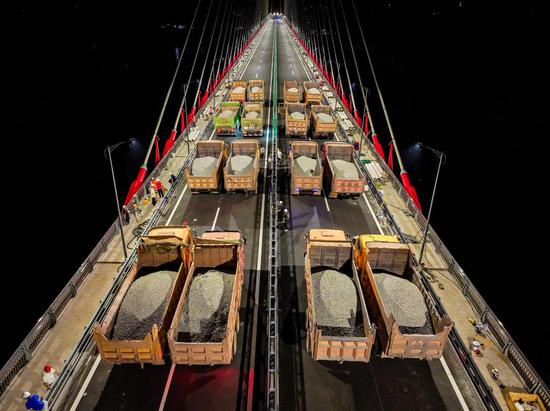
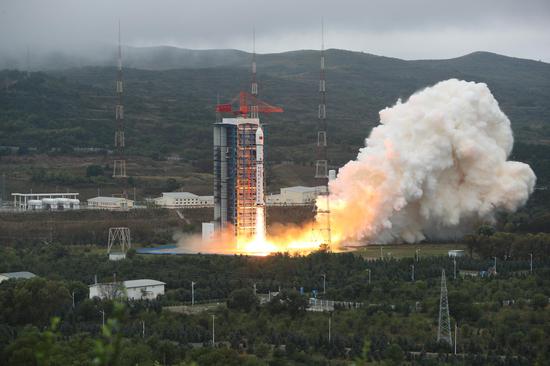

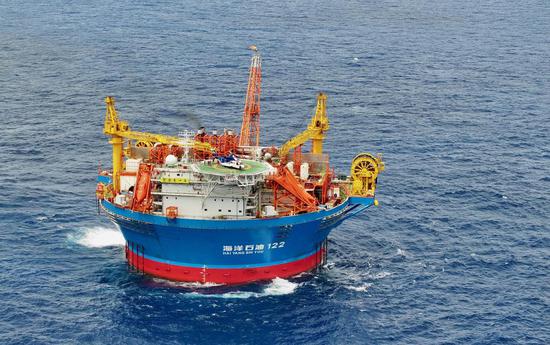






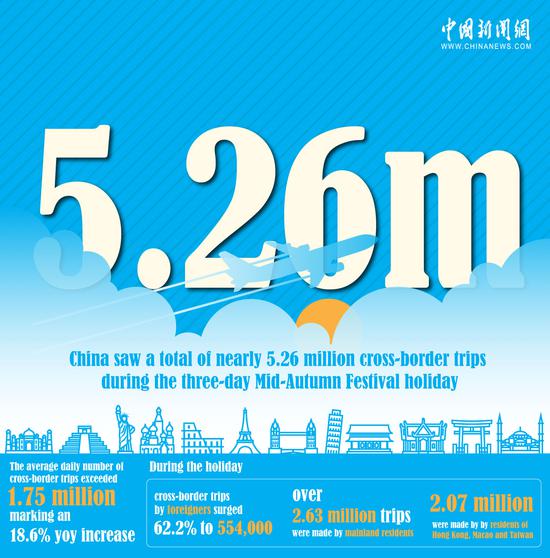



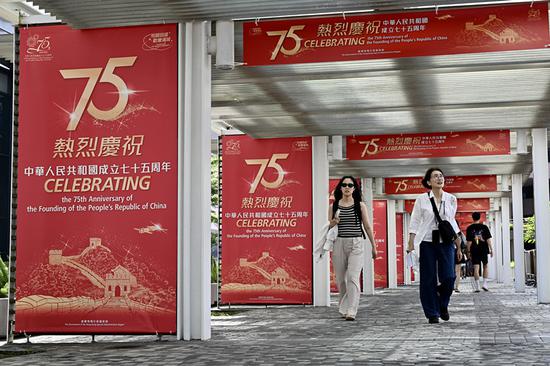




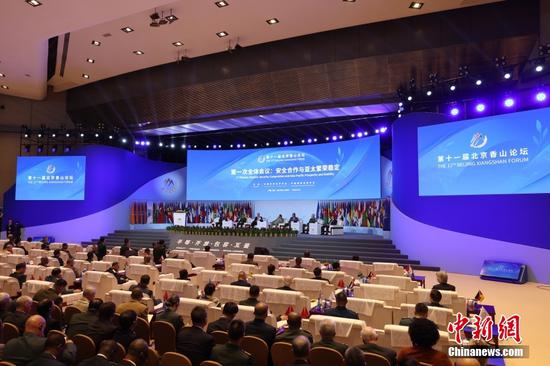
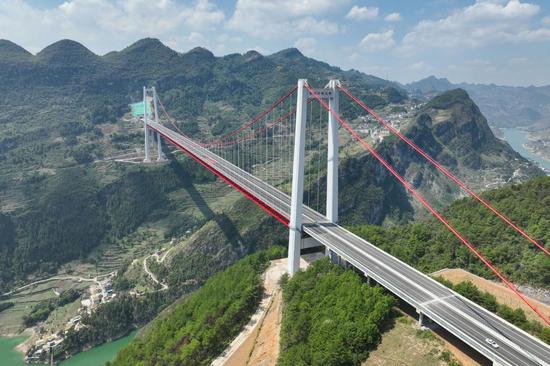

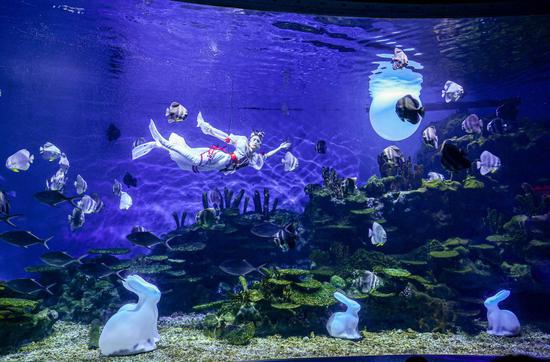


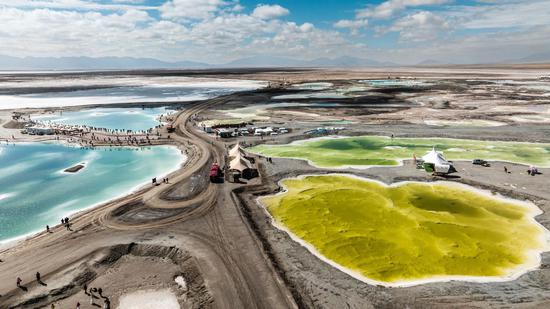
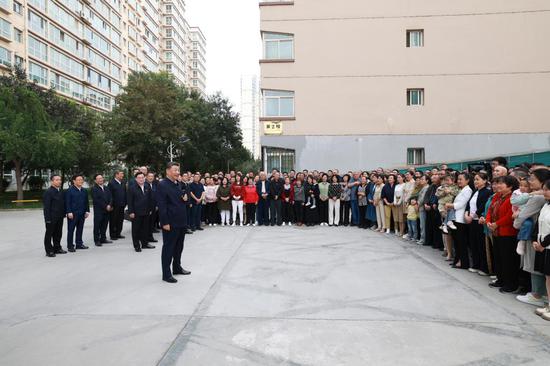
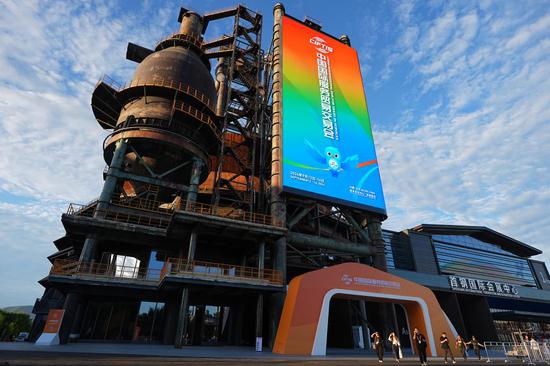




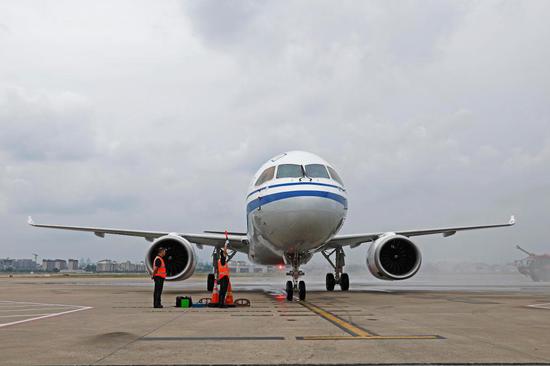


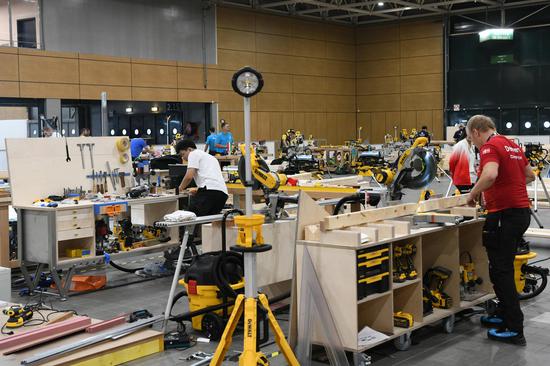


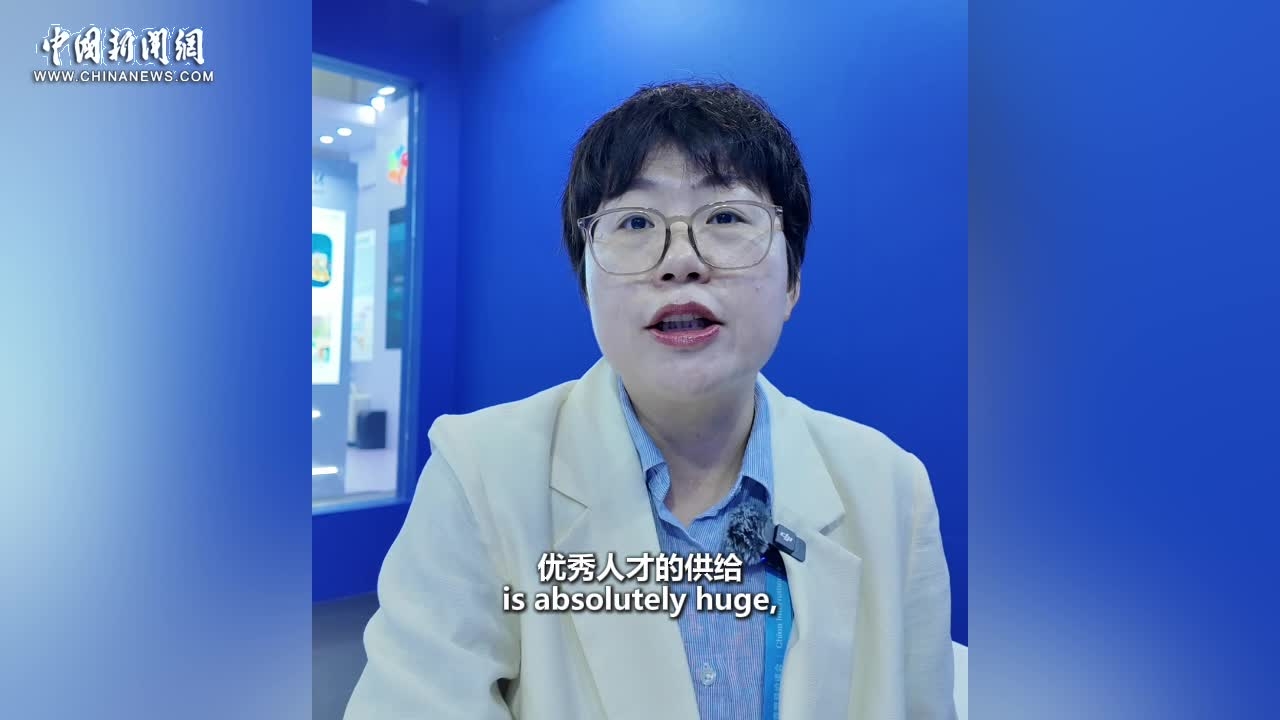

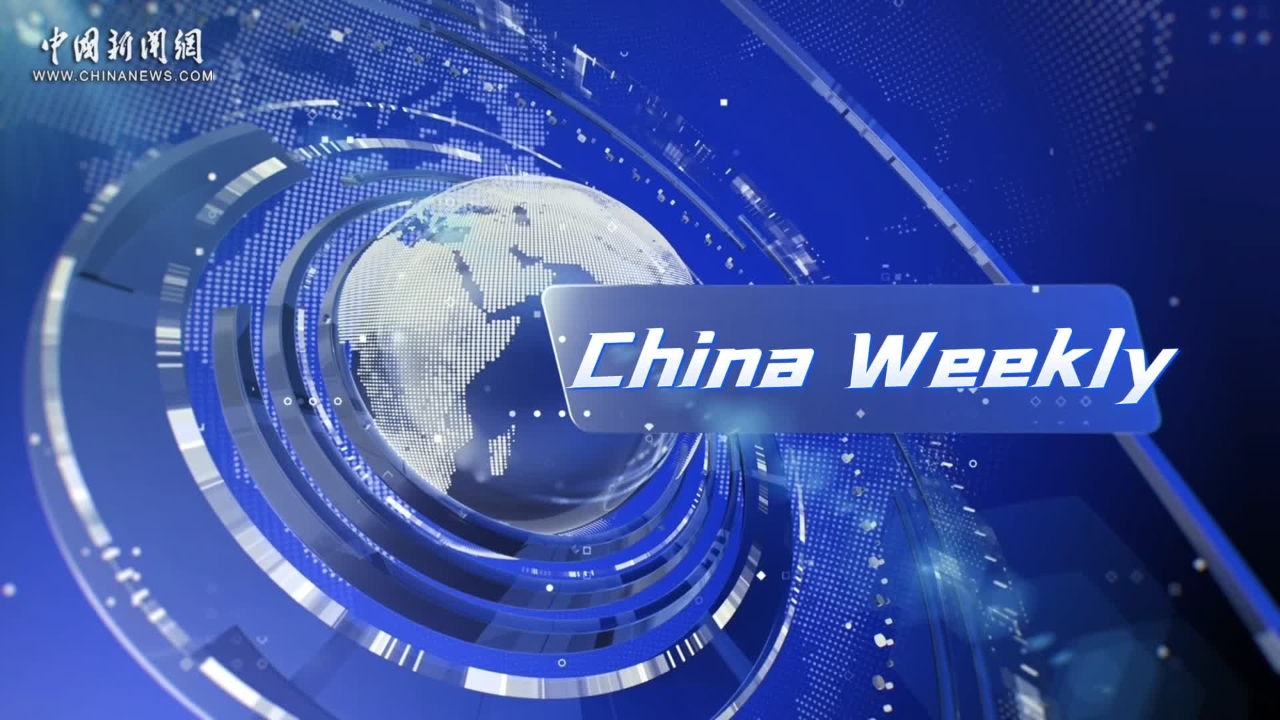

 京公网安备 11010202009201号
京公网安备 11010202009201号